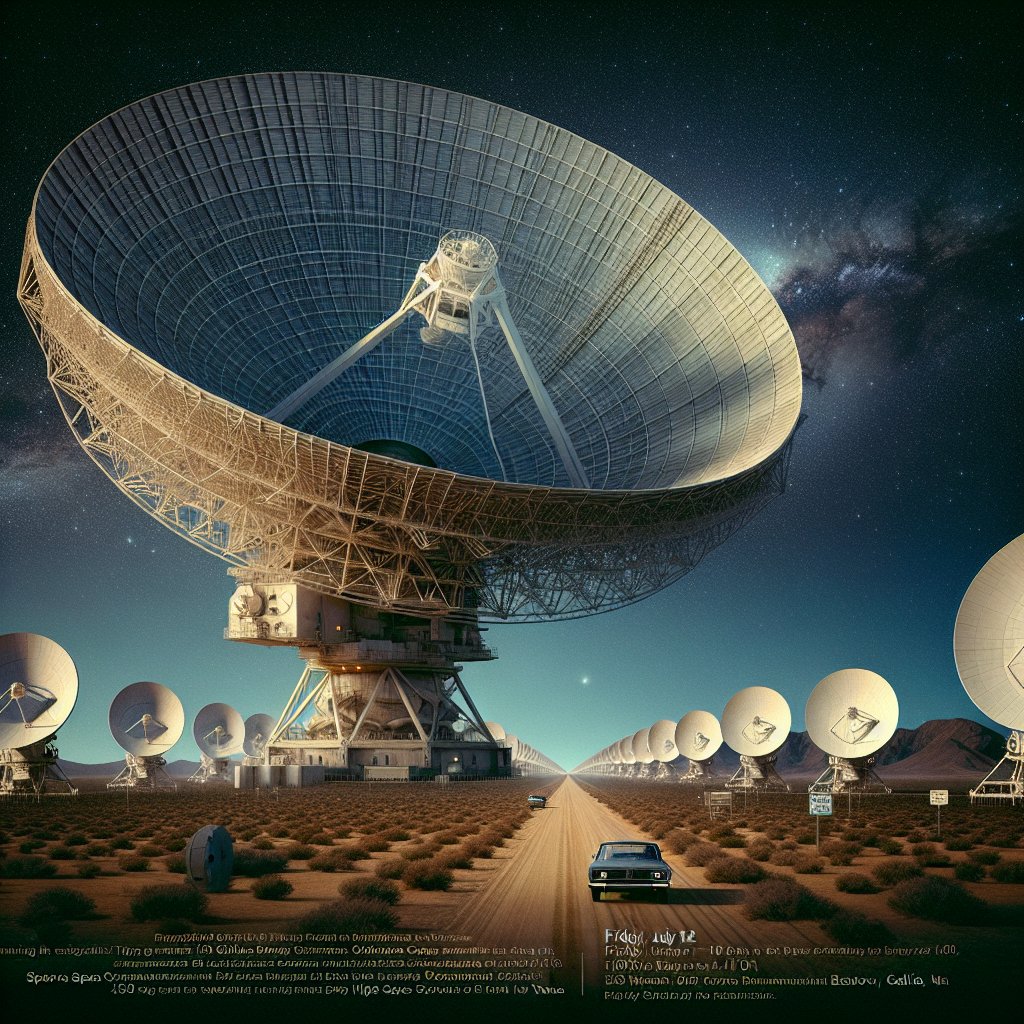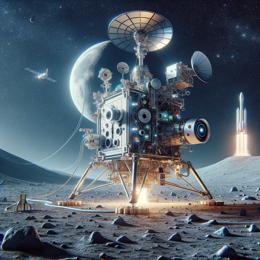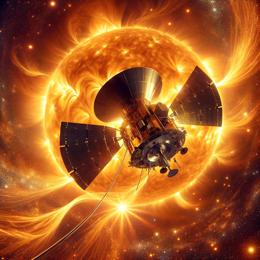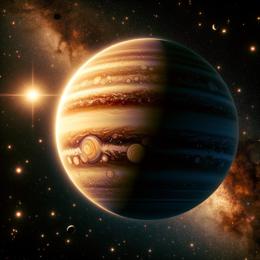Image created by AI
Missy Elliott's "The Rain" Makes Interstellar Debut via NASA's Deep Space Network
In an unprecedented fusion of music and space exploration, Missy Elliott's hip-hop classic, "The Rain (Supa Dupa Fly)," has been transmitted to Venus through NASA's Deep Space Network (DSN). Initiated from the Jet Propulsion Laboratory (JPL) in Southern California at precisely 10:05 a.m. PDT on Friday, July 12, this event marks a historical moment for both the music industry and space science.
The Deep Space Network, under NASA's Space Communications and Navigation (SCaN) program, boasts an array of massive radio antennas critical for maintaining communication with missions venturing to the Moon and far beyond. Prior to Missy Elliott's song, only one other song had been broadcast into outer space, showcasing the unique nature of this collaboration.
Brittany Brown, director of Digital and Technology Division, Office of Communications at NASA Headquarters, described the partnership as a reflection of the shared desire to push limits both in space and creative expression. Missy Elliott's artistry has frequently embraced otherworldly themes, making this interstellar transmission a synergistic milestone.
The chosen song embarked on a journey spanning approximately 158 million miles (254 million kilometers) to Venus, with the radio frequency signal taking just under 14 minutes to complete its celestial trip at the speed of light. It was the 34-meter wide DSS-13 radio dish antenna, affectionately termed Venus, stationed at Goldstone Deep Space Communications Complex near Barstow, California, that facilitated the transmission.
Missy Elliott, whose career has spanned more than three decades, expressed her excitement and humility over the unique opportunity to extend her music's reach into the cosmos. Venus, a planet symbolizing strength and beauty in her eyes, appropriately received the transmission, echoing the empowerment that fuels her art.
NASA's future Venus-focused missions, DAVINCI and VERITAS, selected in 2021, will employ the DSN's capabilities to transmit scientific data back to Earth. The missions, scheduled to launch between 2029 and 2031, alongside a partnership with the European Space Agency's Envision mission, highlight the importance and ongoing utility of the DSN in space exploration.
Operating non-stop since 1963, the DSN's global network includes facilities in Goldstone, California; Madrid, Spain; and Canberra, Australia, strategically located to maintain continual communication with spacecraft throughout the solar system. Managed by the JPL for the SCaN within NASA's Space Operations Mission Directorate, the DSN stands as a testament to NASA's commitment to advancing space exploration and now, cultural exchange.










